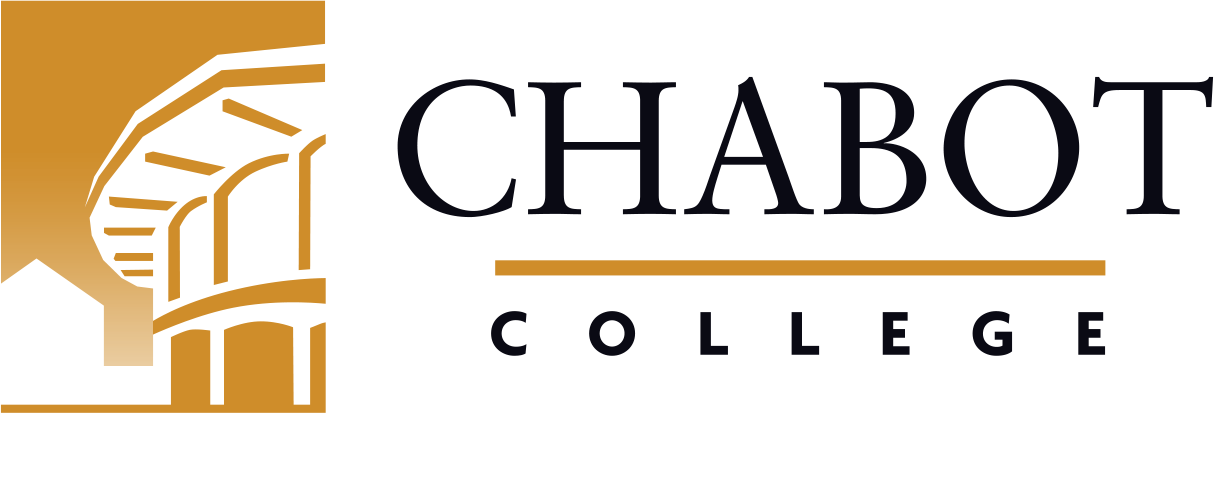
Course Outline for Dental Hygiene 69B
Treatment and Evaluation in Dental Hygiene
Effective: Fall 2022
SLO Rev: 12/28/2016
SLO Rev: 12/28/2016
Catalog Description:
DHYG 69B - Treatment and Evaluation in Dental Hygiene
1.00 Units
Continued development of the principles of assessment in dental hygiene care. Prevention, non-surgical periodontal therapy and maintenance through application of the Dental Hygiene process, including assessment, planning, goal setting, implementing and evaluation used in providing dental hygiene care. Emphasis on evaluation of dental hygiene care as an essential component of the dental hygiene process.
Prerequisite: DHYG 69A and DHYG 71A.
1240.20 - Dental Hygienist*
Letter Grade Only
| Type | Units | Inside of Class Hours | Outside of Class Hours | Total Student Learning Hours |
|---|---|---|---|---|
| Lecture | 1.00 | 18.00 | 36.00 | 54.00 |
| Total | 1.00 | 18.00 | 36.00 | 54.00 |
Measurable Objectives:
Upon completion of this course, the student should be able to:
- list the components of each phase of the dental hygiene process, including assessment, planning, implementation, evaluation and referral;
- utlize the human needs theory to determine unmet human needs that can be met through dental hygiene therapy;
- define dental hygiene and dental diagnosis: write a definitive dental hygiene diagnosis for an unmet human need;
- analyze data collected during the assessment phase of the dental hygiene process, formulate an appropriate dental hygiene care plan, and set goals for the patient's health process;
- write examples of patient centered goals and interventions;
- identify the attributes for effective communication;
- practice techniques of active listening;
- develop working definitions for health and health promotion;
- differentiate between an oral prophylaxis, nonsurgical periodontal therapy, and supportive periodontal therapy;
- define dentinal hypersensitivity, its prevalence, etiology, and treatments;
- list the risk factors that contribute to dentinal hypersensitivity and the factors that reduce dentinal hypersensitivity;
- apply the oral health risk assessment formula to patient care;
- develop a case documentation for a clinical patient.
Course Content:
- Dental Hygiene Process
- assessment
- planning
- implementation
- evaluation
- referral
- Human Needs Theory
- Dental Hygiene Diagnosis
- oral prophylaxis
- nonsurgical periodontal therapy
- supportive periodontal therapy
- Dental Hygiene Care Plan
- patient centered goals and interventions
- effective communication
- active listening techniques
- Health Promotion
- Oral Health Risk Assessment
- dentin sensitivity
- hypersensitivity
- prevalence
- etiology
- treatments
- risk factors
- Case Development
- components
- documentation
Methods of Instruction:
- Audiovisual aids
- Lecture/Discussion
- Demonstration/Exercise
- Distance Education
- Group Activities
Assignments and Methods of Evaluating Student Progress:
- Group Project: Research assigned patient group and create a presentation based on findings, focusing on life stage risk factors, communication, and dental hygiene care plan.
- Create a Patient Handout containing the basics of oral hygiene and oral health to give to clinic patients.
- Quizzes
- Midterm Examination
- Final Examination
- Oral Presentation
- Peer student evaluation of student demonstrations
- Critical thinking exercises
Upon the completion of this course, the student should be able to:
- Discuss and utilize the Human Needs theory to determine unmet human needs which can be met through dental hygiene therapy
- Discuss and apply the oral health risk assessment formula to patient care
Textbooks (Typical):
- Wilkins, E. (2020). Clinical Practice of the Dental Hygienist (13th). Jones and Bartlett Learning.
Abbreviated Class Schedule Description:
Continued development of the principles of assessment in dental hygiene care. Prevention, non-surgical periodontal therapy and maintenance through application of the Dental Hygiene process, including assessment, planning, goal setting, implementing and evaluation used in providing dental hygiene care. Emphasis on evaluation of dental hygiene care as an essential component of the dental hygiene process.
Prerequisite: DHYG 69A and DHYG 71A.